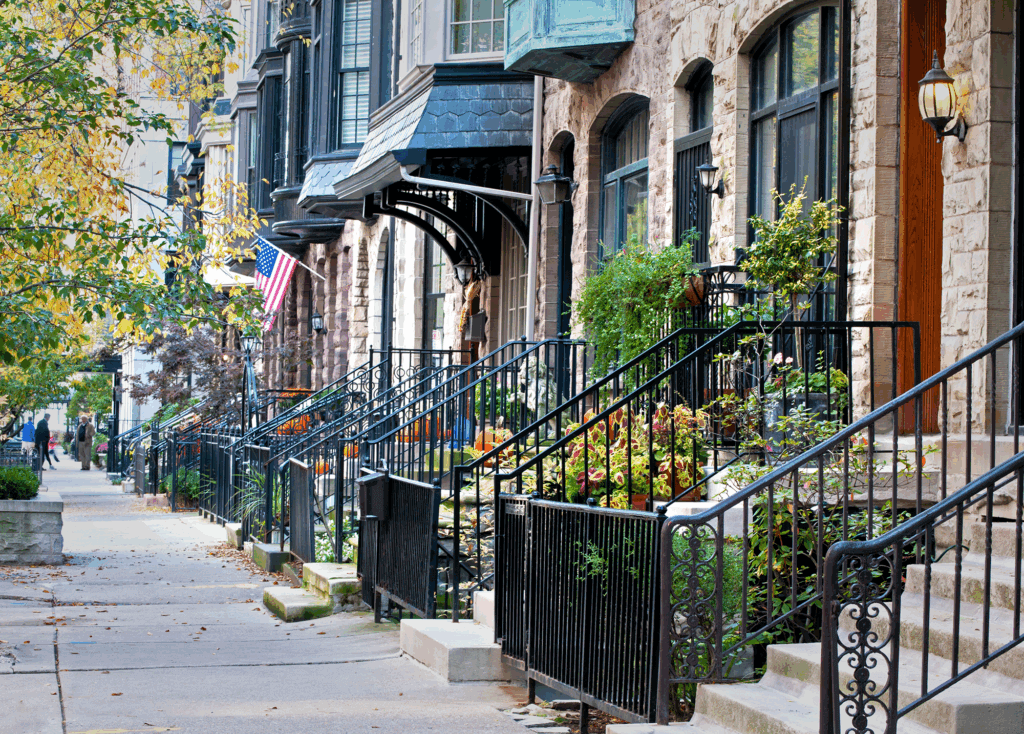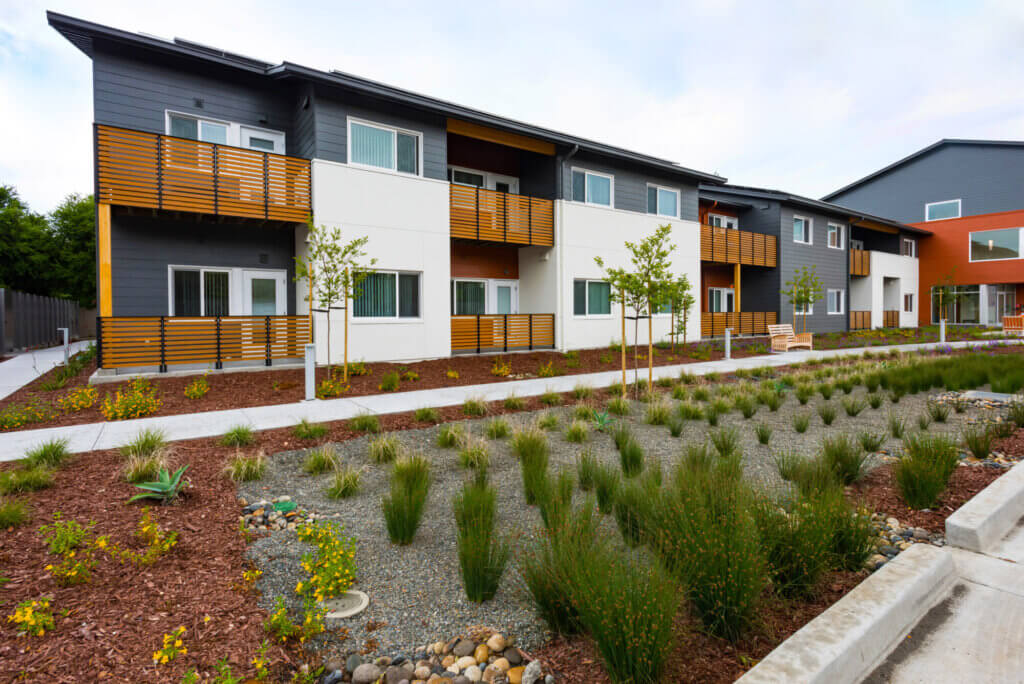Reaching California’s ADU Potential: Progress to Date and the Need for ADU Finance
Published On August 28, 2020
The Terner Center for Housing Innovation and the Center for Community Innovation have jointly released a new analysis today on the increase in accessory dwelling units (ADUs) throughout California and the need for increased financing options for low- and moderate-income homeowners. The report finds that California is seeing tremendous growth in the permitting and development of ADUs. Between 2018 and 2019, permits increased from 5,911 to 15,571. During that same period, ADU completions more than tripled from 1,984 to 6,668. This activity is concentrated in the state’s major population centers—Los Angeles, San Diego, and the San Francisco Bay Area—but other areas of the state are also experiencing meaningful increases in ADU development.
The report finds that most of this activity is taking place in areas with high home values and rents, particularly in the San Francisco Bay Area and San Diego. In higher-wealth areas, ADU construction is providing new housing supply, and in lower-income areas, new ADUs are helping to reduce overcrowding, provide new rental income, and build home equity.
Despite this growth, challenges in scaling ADU development remain. Specifically, homeowners often find it difficult to obtain financing to build their ADUs, as construction costs continue to escalate and banks have been slow to design appropriate types of loans. This is true even when expected ADU rents are more than adequate to cover debt service on mortgage loans and other costs. This gap in the mortgage markets can pose a particular barrier for lower-income households who are less likely to have the assets needed to fund the construction of an ADU.
To build upon the early success of ADU legislation, the authors conclude that better financial tools are needed to facilitate greater ADU development among low- to moderate-income homeowners. The authors recommend that the federal government expand existing create Fannie Mae, Freddie Mac, and Federal Housing Administration ADU-specific construction lending programs. Similarly, California could also lead on this issue by facilitating the ability of single-family homeowners to split their lots and by creating a program to assist homeowners in qualifying for ADU construction loans—as Senate President Pro Tempore Atkins’ Senate Bill 1120 and Assemblymember Ting’s Assembly Bill 69 respectively propose to do.
Read the full policy brief here.





